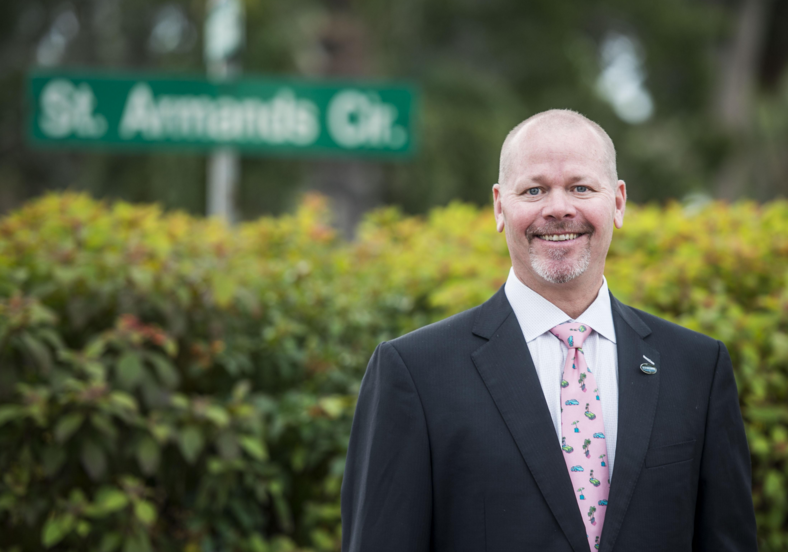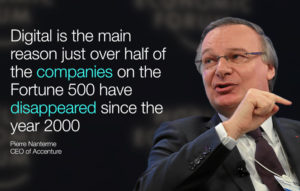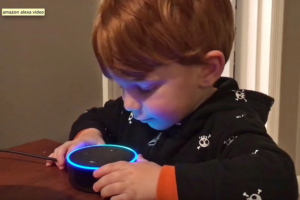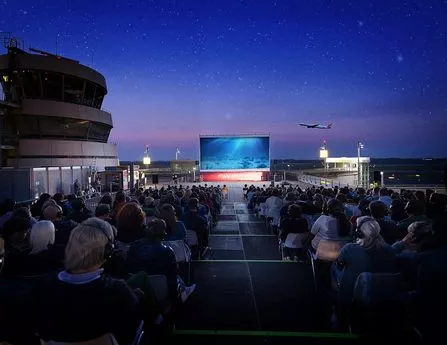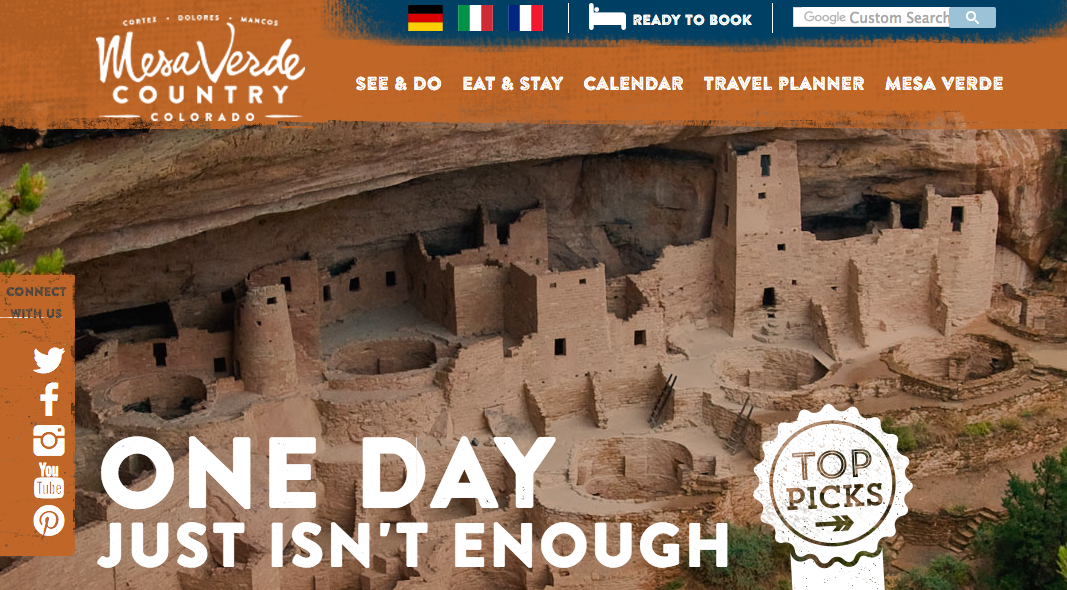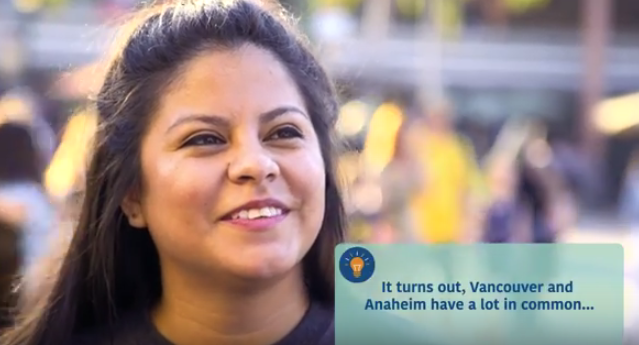The Travel Vertical talked to Will Seccombe, former CEO of Visit Florida, about how a lack of trust in traditional institutions impacts the destination marketing model in the USA and what can be done going forward.
Remarkable success
Under Seccombe’s leadership in four years as CMO and a further four-plus years as CEO, Florida tourism saw “astronomical growth,” exploding from 80 million to 113 million out-of-state visitors over the period 2010 to 2016. A huge increase in spending per visitor most recently resulted in $30 billion, which translates into one industry job generated by every 85 visitors to Florida.
Nonetheless, Seccombe feels that replicating these past few years’ Visit Florida marketing formula wouldn’t necessarily lead to more growth from 2017 onward, due to a totally different environment.
TTV: What make up the key elements of the current destination marketing organization?
WS: I’m a firm believer in destination marketing at local, national, international levels, which is critical to maintaining and growing market share. There are a couple of key elements:
- Visionary public sector leadership that recognizes the economic impact of tourism and is willing to invest;
- An active private sector that is highly satisfied with the marketing direction, programming and execution (Florida’s score came in at 94 percent satisfaction).
Yet, even with one of the best products in the world — like Florida — it’s absolutely necessary to re-invest again and again to guarantee a robust culture of hospitality.
Sustaining growth
TTV: Considering the current pace of innovation, is this model sustainable?
WS: Today’s cultural shifts layered with that rapid pace of innovation and an environment of distrust puts all marketers, including DMOs, in a different spot.
Who do people trust? They trust friends, relatives, some celebrities, even strangers and crowd-sourced reviews and ratings more than they trust brands, corporate, advertising, and government.
TTV: How does this affect DMOs and should they align with trusted brands?
WS: It’s important to identify the businesses that people can align with. How do you achieve this and how do you partner with them? How much access to data should we place in the hands of these partners, whether they be Facebook, Google, an influencer, ambassador, or another?
Thinking about the future of destinations, tourism promotion, and marketing generally raises some broad strategic questions:
- What are the biggest challenges right now?
- What are the next disrupters?
- How are Amazon’s Alexa, Google Home, Siri, and other AI tools replacing human interactions affecting decision-making?
- Can AI tools have the ability to tap into visitors and residents to identify what’s unique about the local flavor of a place?
More like a maze than a funnel
TTV: Where would you suggest DMOs focus next?
WS: The big data play is going to be huge. We know that tourism marketing works, and now the technology is available to prove it. Attribution is a massive piece of justifying the here and now in answering ROI questions like “How do we know what you’re doing works?”
DMOs have to be relevant in a digital age…and continue to innovate. Google Travel and Facebook City Guides are doing what DMOs have traditionally done and they’re doing it at scale.
I am reminded of a comment I saw today from the CEO of Accenture that underscores this point.
While convention sales and services have always had the more easily articulated ROI, the more general destination marketing services find it much more difficult to demonstrate real value added and ROI.
Engaging the community in promoting the destination where they live is essential. Residents are authentic, trusted, and deliver the added benefit of increasing local awareness of the importance of tourism to the community both economically in also in respect to quality of life. .
In fact, the travel planning process now looks more like a maze than a funnel, with consumers researching and shopping multiple destinations before they press “buy.”
See tomorrow
TTV: If you were to create a state DMO or a city CVB from scratch, what would it look like?
WS: I’m certain that if I were to start a DMO or an ad agency today, I wouldn’t build it on the model we see today considering that we’re facing massive disruption in the form of AI and VR, via devices we now have in our kitchen, our car, our pocket. The design of a new DMO or agency would be more like a startup — lean, nimble and scrappy.
Due to the current atmosphere of mistrust, DMOs and their agencies must align with brands that are trusted by target audience(s). In the case of Pitbull for Visit Florida, when you can get a celebrity with 100 million unique social media followers to authentically promote your product to an audience that is important to your destination, it will be more effective than traditional marketing.
Look at the enormous value of Drake to the Tourism Toronto brand. In today’s world, everybody has an audience that is trusted by their followers…some audiences are a lot larger than others and thus create more impact. But brand ambassadors do not need to be celebrities; they just have to be authentic in their enthusiasm for the destination.
Taking the question of trusted recommendations into account, one thing we know for sure is that storytelling in whatever form will continue to become more and more important.
Every market is different, but I would focus efforts on where you can create and add value to the community that you serve and to the traveler. Simply put: Sales, Sales, Sales — the DMO is the destination sales team. From a marketing perspective, focus has got to be on digital transformation.
You still have to distinguish the differentiators between one destination and another. You still have to engage the locals. You still have to inspire travel.
